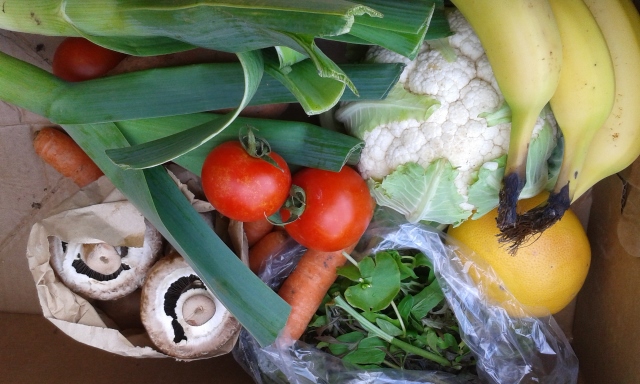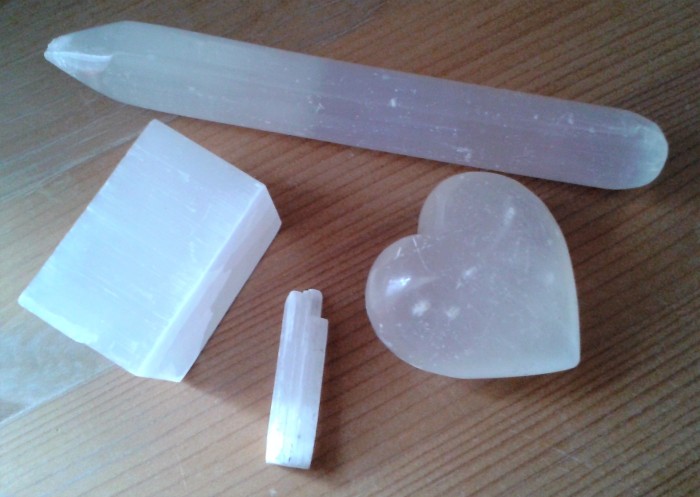There has never been a better time to go organic. Daily we are hearing in the media of the rise in cases of obesity, and of the increase in Type II Diabetes. For a long time the argument has been that organic food was too expensive. This is simply not true and anyway can you put a value on well-being?

My weekly veg and fruit box is always full of fresh, seasonal organic produce, grown in sustainable, eco-friendly ways that are supportive of the environment, without pesticides or chemicals or any kind. Since they are not pumped full of water to increase the size unnaturally, the vegetables have more substance and body and do not shrink when cooked. You get more for your money and stay full for longer as the fibre and nutritional content are higher. An absolute bargain at £10. And no plastic trays and shrink wrap to throw away either. The cardboard delivery box goes back each week when the fresh box arrives, creating no waste while at the same time reducing my carbon footprint!
Most of the produce is grown locally on the organic farm in Purton, Wiltshire. Purton House Organics is a well-established business and has grown from strength to strength over the years through the support of its local customer group. What started as a local veg box delivery scheme has blossomed over the years and now includes a shop with a full range of organic groceries, including bread and dairy products and more recently a cafe area. Buying fresh, local produce means that every penny you spend goes back into the loop, supporting the farm, helping it to thrive and grow , while creating more jobs and opportunities. Green living at its best. When shopping in a supermarket, most of the profit goes elsewhere, with only a very small percentage benefiting the local economy. So your food may be a tiny bit cheaper, but all the profits go somewhere else. There is no way of knowing if the producers are being paid a fair wage or treated with respect.
In the winter months, some of the fruit comes from other countries of course, like oranges, grapefruit and bananas, this is inevitable. But most of the home grown winter warmers in the form of hearty root vegetables, carrots, swede, parsnips, along with leeks, sprouts, cabbage and kale, are available right through until the Spring. My kale plants in my garden planters got me through the winter and kept my quota of greens topped up, and my ruby chard amongst my flower borders has also survived and is throwing out again nicely.
More and more local organic producers are getting up and running. Have a look around your home area, you may be surprised. If not, there’s always Abel & Cole or Riverford Organic .
Do please leave the name of your local scheme in the comments box to share with others!


